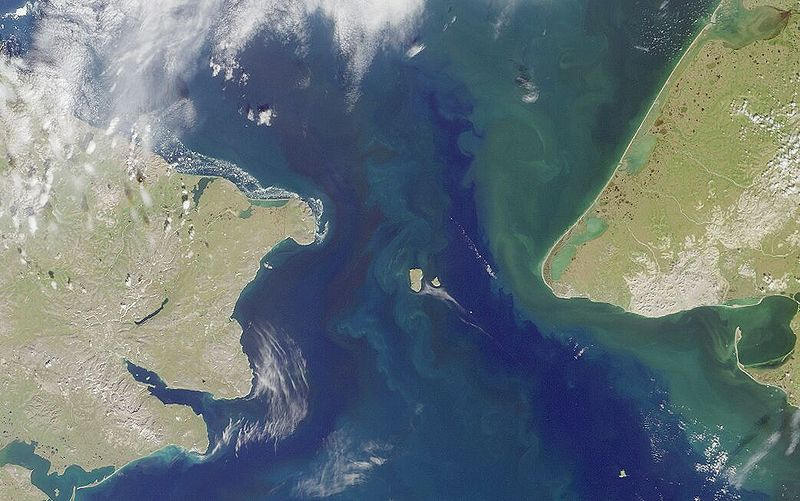

In our culture, so strongly affected by the Spanish, English, and other Europeans, we tend to look east in our world view. So, we look across the Atlantic and see distant Russia at the far side of Europe.
If we would only look westward, though, we'd see Russia sitting only a little more than 2 miles from our soil. Diomede and Little Diomede islands, belonging to Russia and the United States respectively, lie in the middle of the Bering Straits that separate the Siberian landmass from that of Alaska.
During the Ice Ages, sea levels were so lowered by water tied up in
continental ice caps that North America and Asia were one, joined by a broad band of
dry land. Northern animals walked freely through this area and later, as the ice sheets
melted, were free to disperse to the south. As a result, such animals of our Chihuahuan
Desert region as Grizzly Bears are recent immigrants, tracing their ancestry back to
the Old World and becoming naturalized only a relatively few thousands of years
ago.

Contributor: Arthur H. Harris, Laboratory for Environmental Biology, Centennial Museum, University of Texas at El Paso.
Desert Diary is a joint production of the Centennial Museum and KTEP National Public Radio at the University of Texas at El Paso.

The Bering Strait Region from space. Big Diomede (Russian) and Diomede (U.S.) islands are in the middle of the strait, sparated by about 2.4 miles. NASA photograph.